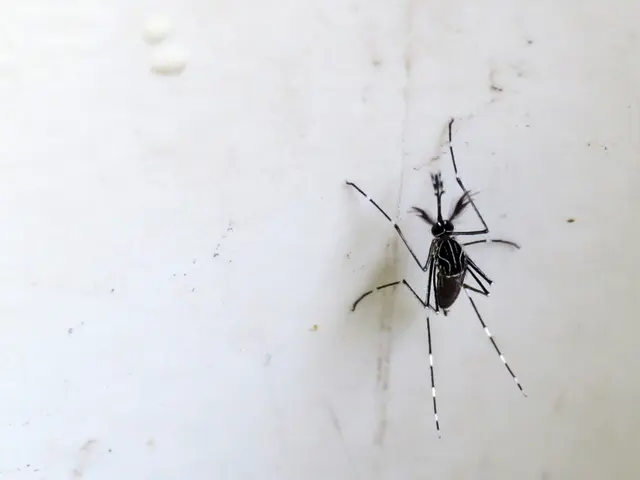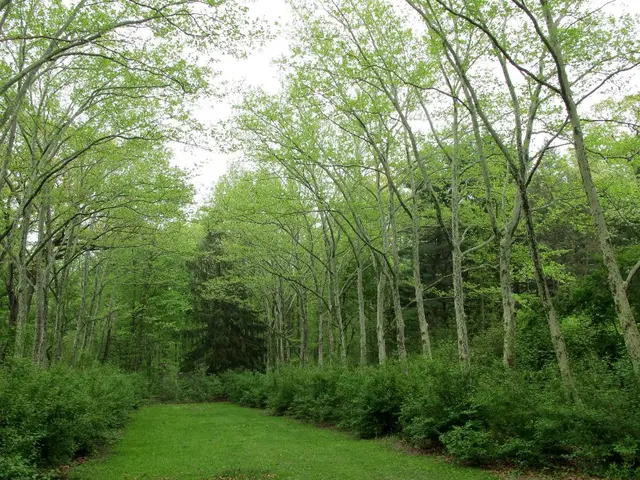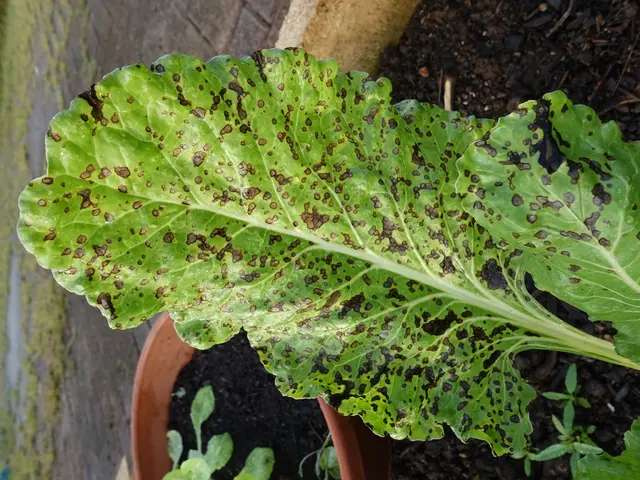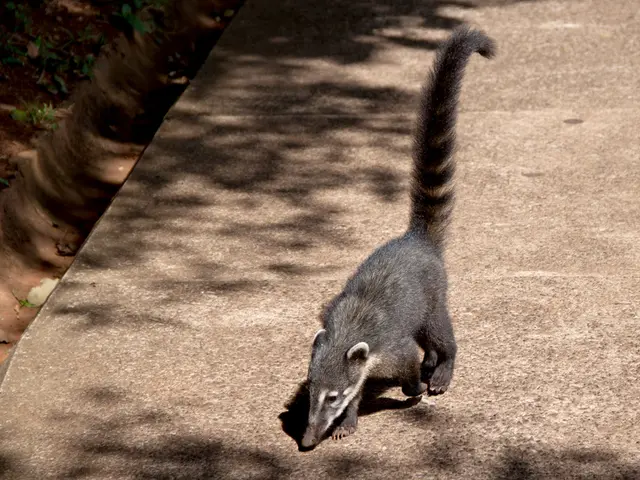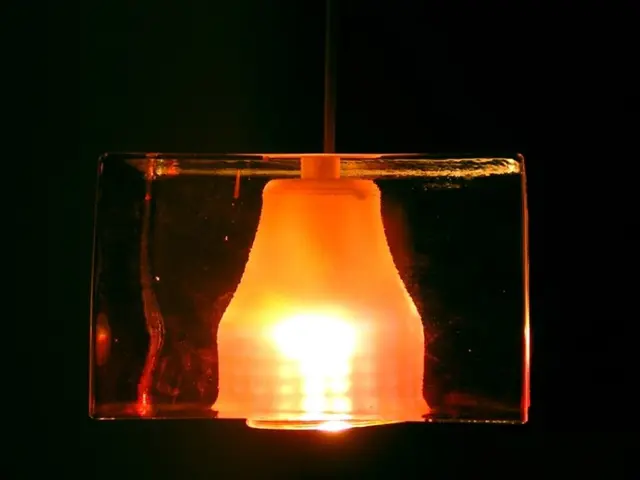Key plants for contemporary gardens: Borderside flora to cultivate
Garden boundaries are experiencing a revival. As gardeners focus on planting more for wildlife and adapting cultivation methods to withstand the warming climate, the way we grow and what we grow must change. For example, borders might be planted on gravel or rubble for the drainage and microclimate that long-flowering drought-proof plants enjoy. These natural style border designs resemble well-tended countryside to provide for pollinators, yet can still incorporate all the design elements that make a flowerbed exciting: such as flashes of bold color, vertical accents, and layers of willowy 'see-through' plants. Most importantly, these borders will teem with insects and bloom continuously.
Blooms Inspired by Nature
Plants mimicking wildflowers offer a more natural look, and their simple flower shape makes nectar more accessible to pollinators. Airy asters (such as Symphyotrichum turbinellum and 'Coombe Fishacre') billow with small daisies providing food for bees and butterflies; whilst primrose-yellow scabious Scabiosa columbaria subsp. ochroleuca and purple wild carrot Daucus carota 'Dara' create a modern meadow look.
Drought-Resistant Plants
Capable of withstanding high temperatures and long periods without rain, these modern border plants are surprisingly low maintenance. The German pink Dianthus carthusianorum has long, thin stems and clusters of magenta flowers; blue-flowered Cupid's dart, Catananche caerulea, likewise has graceful, wiry stems and flowers over a long period; the clary Salvia sclarea var. turkestaniana 'Vatican Pink' forms towers of papery pastel petals; and toadflaxes (such as Linaria 'Lemon Twist') bloom in sweetshop colors.
Sweethearts of Bees
Ensure the air is filled with the soothing hum of happy bees by growing the flowers they prefer. Borage is a perennial favorite and both its damson-colored honeywort (Cerinthe major 'Purpurascens') and sky-blue Anchusa azurea 'Opal' are part of the borage family. Bees also love catmints, including the willowy pale-pink Nepeta nuda 'Romany Dusk'.
Butterfly Sanctuaries
Many of our butterflies are in decline, but gardens can offer sanctuaries of habitat and food. Many oreganos (such as pink Origanum 'Rosenkuppel') are one of their favorite sources of nectar, as are the poker flowerheads of anise hyssops (such as Agastache foeniculum 'Alabaster'); both plants have wonderfully aromatic leaves. Butterflies will also flutter around the white and mauve blooms of sweet rocket (Hesperis matronalis), and, of course, they love the tangerine-colored butterfly weed (Asclepias tuberosa).
Multiple Seasonal Interest
Plants that provide interest throughout different seasons easily earn their place in small gardens. The woolly purple-blue flowers of Russian sage (Salvia 'Blue Spire') feed bees in summer, then its ghostly silver stems glow all winter. Similarly, the copper leaves of summer-flowering Libertia peregrinans are a delight when the temperature plummets. Both Achillea 'Terracotta' and Hylotelephium spectabile 'Brilliant' have wide flowerheads that butterflies and bees use as feeding platforms, before they brown and endure as insect habitats during the cold months.
Cheerful Colors
Dot small bursts of bright color through borders to mirror the poppy and cornflower tones of a meadow. Salvia microphylla 'Cerro Potosí' is fiery hot pink and flowers for months, Potentilla thurberi 'Monarch's Velvet' is a rich regal red, the species tulip Tulipa sprengeri explodes in scarlet in May and June, and drought-hardy Euphorbia seguieriana offsets them all with zinging lime-gold bracts.
Scented Leaves
Aromatic Mediterranean plants are ideal for the contemporary border due to their drought-tolerance. The deliciously fragrant intermedia lavenders (such as elegant white Lavandula × intermedia 'Edelweiss') are the most popular with bees; the cotton lavender Santolina rosmarinifolia subsp. rosmarinifolia 'Primrose Gem' has beautiful pale-lemon flowers; and the extraordinary spicy stench of Helichrysum italicum 'Dartington' will linger in the air on warm days.
Movement and Texture
Capture the dance of a meadow on the breeze by incorporating lightweight prairie flowers (such as pink Echinacea pallida) and grasses. The stipa grass species are perfect for well-drained, poor, dry soils of a gravel or hardcore garden. Stipa calamagrostis 'Algäu' has golden feathery plumes and Stipa ichu has fluffy blonde plumes that arch attractively, while the spikelets of the greater quaking grass, Briza maxima, shimmer on thin stems when the wind blows.
Flower Power
The border stalwarts are the plants that bloom for months. Dainty mountain cranesbills (such as Geranium pyrenaicum 'Isparta'), airy Lindheimer's beeblossoms (including Oenothera lindheimeri 'Siskiyou Pink'), and flame-colored Rudbeckia triloba 'Prairie Glow' always work hard, flowering from June to October.
Self-Seeders
Plants that seed themselves around the garden, often referred to as 'volunteers' in the USA, help create a natural mood. Many annual poppies are excellent candidates for well-drained, sun-baked ground, like pink Papaver dubium subsp. lecoqii 'Albiflorum' and 'Amazing Grey', which is rain-cloud blue. Borage is extremely easy to grow, and the rare white form, Borago officinalis 'Alba', is beautiful. Columbines (such as Aquilegia buergeriana 'Calimero') readily self-seed, although their offspring may not resemble the original plant.
Vertical Accents
Add structure and focal points by inserting tall biennials and perennials throughout a planting scheme. Foxgloves are ideal and Digitalis parviflora is a caramel-colored perennial form that is sun and drought-tolerant. Many biennial verbascums form towers of flowers from a central rosette and Verbascum lychnitis is white. Whilst the Culver's roots (such as lovely Veronicastrum virginicum 'Lavendelturm') send up spires of bee-friendly flowers that also look good once spent, in autumn.
Airy Plants for Layering
Using plants that allow views of what's growing behind them adds interesting layers to a border. Yellow Verbascum roripifolium and pink Sanguisorba 'Pink September' are perfect for this job, as are several verbenas, including long-flowering Verbena macdougalii 'Lavender Spires', which sends up skinny candelabras of purple flowers attracting a wide range of insects, including butterflies.
- Incorporating plants that mimic wildflowers into garden borders provides a more natural look and enhances the forage for pollinators, with examples like airy asters, scabious, wild carrot, borage, honeywort, sky-blue Anchusa, catmints, oreganos, poker flowerheads of anise hyssops, sweet rocket, butterfly weed, and multiple seasonal interest plants.
- Drought-resistant plants, such as the German pink Dianthus, Cupid's dart, clary Salvia, toadflaxes, are low maintenance and capable of withstanding high temperatures and long periods without rain.
- To create butterfly sanctuaries in your garden, consider planting oreganos, anise hyssops, sweet rocket, and butterfly weed to provide habitats and food sources for various butterfly species.

